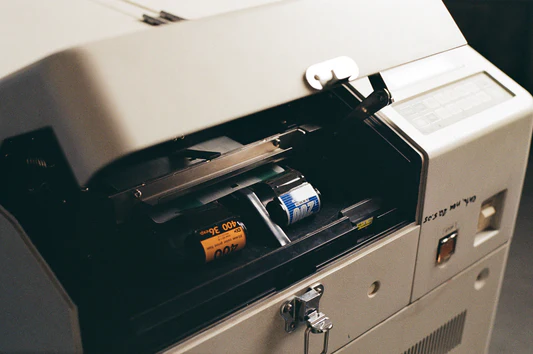From Film To Fabulous: How Experts Develop A Film In The Lab?
In today’s digital world, the films are developed as photos by the experts in the lab for the customers. The images that you get from the film lab experts will speak a lot about your past life. You can choose the top-notch film-developing lab to get excellent pictures by handing the film to the experts. Then, they can offer you the best quality photos that are better quality and can make you spellbound.
When you need the highest quality photos, choose the NYC film lab that is reputed and famous among the crowd. It makes you feel more excited and happy and recollect all the old memories of your past. Here’s a beautiful guide to unlocking the highest quality photos with more clarity for your future remembrance.
Vital tips for experts to follow while developing a film:
The experts in the photo developing Boston lab follow some of the exciting tips to develop film into fabulous. If you would like to gather more information, you must continue reading the content below. The tips are that the experts have to:
Select the right chemicals for the film type:
As more film types are used in the cameras, the film developers have to choose the particular chemicals for developing the film. Experts in the film lab must use the right chemicalsto ensure accurate colors, contrast, and tonal range.
Maintain consistent temperature:
The temperature in the photo-developing room must be consistent, which is a vital tip that experts must keep in mind. Small changes in the temperature can result in overdeveloped or underdeveloped images that can cause color shifts, graininess, or loss of detail.
Time control is vital:
The next tip is time control in developing the film, which the lab’s professional expert must keep in mind. The development of film time is more critical because it is more sensitive. Even a few-second delay can make vast changes in the photos, and the experts must be careful about the time while developing the film.
Use the agitation strategies:
Agitation is nothing but gently moving the film in the developer to ensure an even development. How the film is agitated during development can significantly impact grain, contrast, and overall tonal quality results.
Proper fixing and washing:
Then, the film must be fixed by professional experts in the film development agency to stop the development process. It also ensures the image stays stable and involves a fixing solution that makes the image permanent by removing the unexposed silver halides from the film emulsion.
Monitor film quality during the process:
During the development process, professionals in the lab need to check the film for signs. It is vital to look for color accuracy and contrast when performing tests on a small section of fill to ensure any adjustments are needed in the film development process.
Conclusion:
Therefore, the listed tips will be helpful for the experts in the film development lab to make the movie fabulous. They follow these tips to develop better quality clarity for their customer’s feasible price.

